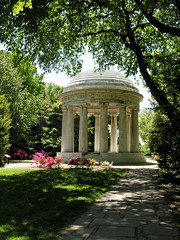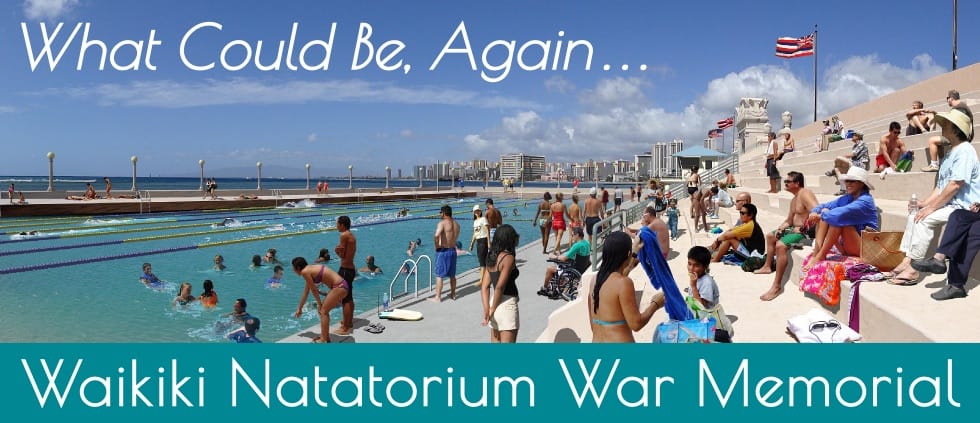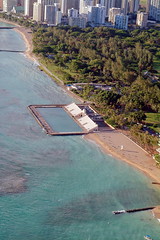Scottish novelist William Boyd recently published a New York Times opinion piece headlined “Why World I War Resonates.”
He talks about why memories of that horror-filled war remain so vivid in our collective consciousness even now, nearly 100 years after the conflict began. Why it is lived and fought again and again in our films, in our literature, in dramas on stage, in dramas on television. Even in our poetry.
“The last old soldier or sailor has died,” he writes, “and almost all of the witnesses have gone, but the war exerts a tenacious hold on the imagination. “
To our modern sensibilities it defies credulity that for more than four years European armies faced one another in a 500-mile line of trenches, stretching from the Belgian coast to the border of Switzerland. … It was a deadly war of attrition in which millions of soldiers on both sides slogged through the mud of no man’s land to meet their deaths in withering blasts of machine-gun fire and artillery.”The “Great War” — the so-called “War to End All Wars,” the war that utterly failed to end them — also retains its grip on our memory through the many World War I monuments and memorials around the world. In Hawai’i, ours – the Waikiki War Memorial Natatorium – is unique. It was built as a living memorial, where families down the ages could come to enjoy the freedom and way of life for which 10,000 soldiers, sailors and airmen from the territory fought, and for which too many of them died.
The Natatorium is “wahi pana,” a celebrated, sacred place. It is a spiritual repository for those whose mortal remains never came home from a conflict a world away. It is a place for descendents – descendents in blood, descendents in culture, and descendents in love for Hawai’i – to visit and commune with the ancestors who sacrificed so much for them. For us.
That, friends, is one reason – one of many, but a very important one – why we fight so hard to restore, renew and reopen our Waikiki War Memorial Natatorium. Mahalo, and aloha.

... The D.C. memorial, for instance, was renovated and reopened in 2011...


